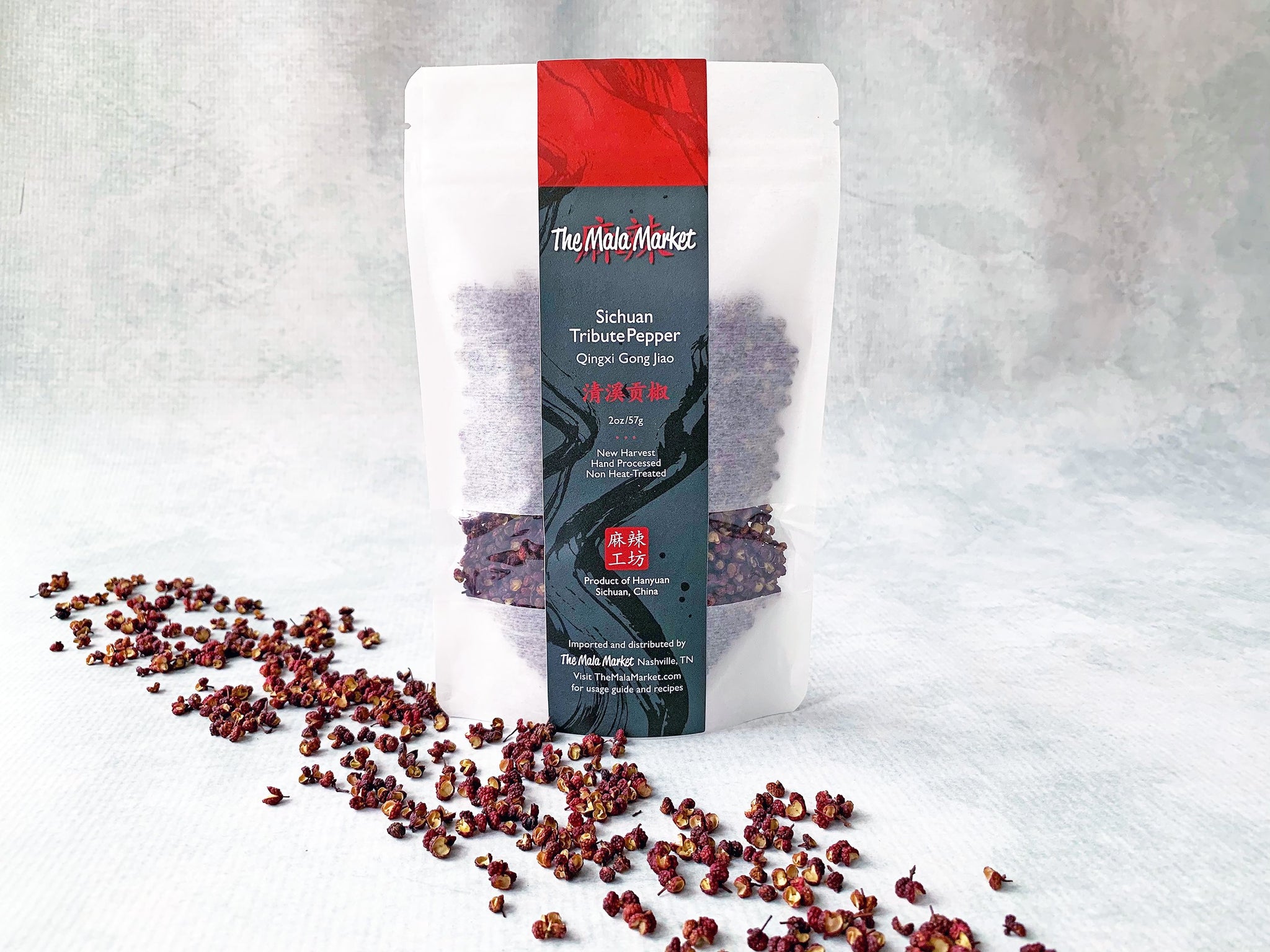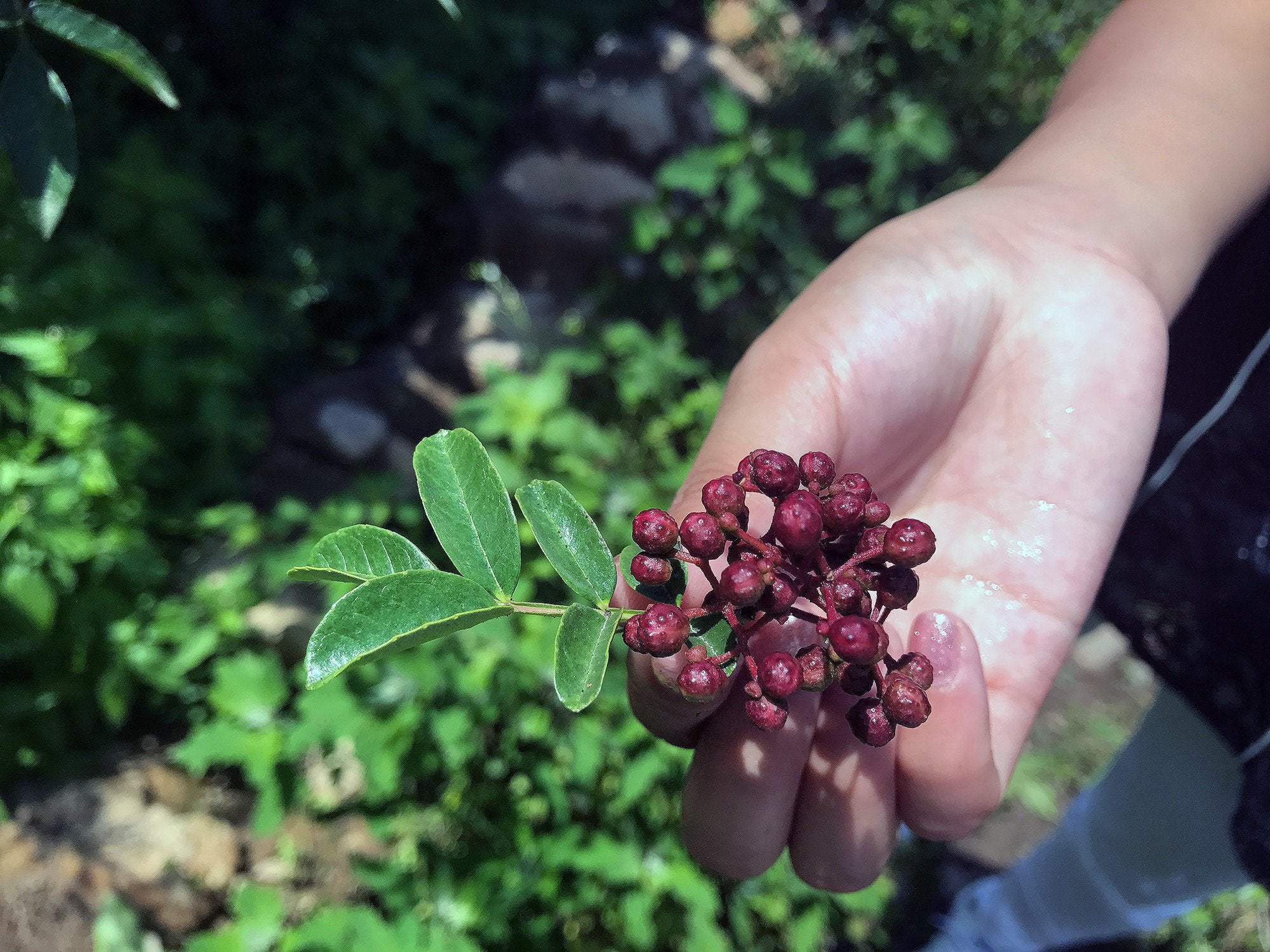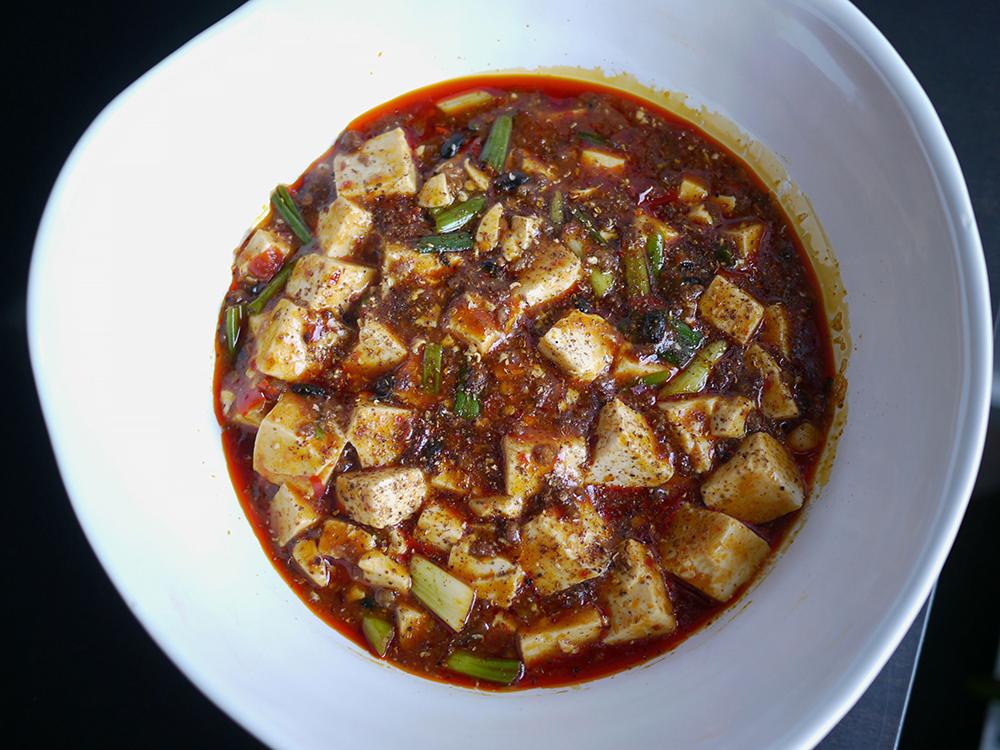Sichuan Tribute Pepper (Hanyuan Sichuan Pepper, Qingxi Gong Jiao)
$20
While we have always carried Hanyuan Sichuan pepper, we now have certified pepper from the mountain village of Qingxi, the best of the best Hanyuan pepper. It is also called gong jiao, or Tribute Pepper, because while Sichuan pepper is grown in many areas of China, this was the one the emperors favored and demanded as tribute. There is still much more demand than supply of gong jiao—you have to have connections to get it even in China—so we are privileged to be able to source and offer it here. Our buyer personally makes the trip from Chengdu to Qingxi each harvest to choose and secure our lot.
Tribute Pepper has a quite different taste than Da Hong Pao, the other red Sichuan pepper that is popular in Sichuan in modern times, being brighter, lighter and more floral compared to da hong pao's warm, woodsy citrus. The peppercorns are slightly smaller and darker red than da hong pao, meaning they retain a small percentage of seeds, but they make up for that with their beguiling taste and fragrance and strong numbing power, making Qingxi Tribute Pepper the most storied Sichuan pepper in the land.
(Go here for an introduction to Sichuan pepper, or hua jiao, in general and to our da hong pao variety.)
As with our other varieties, this hua jiao is particularly potent, as it has not undergone the once-required heat-treatment process that for so long robbed Sichuan pepper of some of its punch. We believe we are the first to (legally) bring in untreated peppercorns, since Chinese suppliers uniformly heat-treat for the U.S. market.
The peppercorns are hand-picked and dried by the farmers before being machine-sorted once and hand-sorted twice, as only the top grades are. This insures mostly opened seed pods and no seeds, which appear in abundance in lower-quality Sichuan pepper. We at The Mala Market hand-package them weekly.
Usage: Sichuan peppercorns should not be eaten whole unless you want a real jolt, but they are fairly easy to eat around in dishes that use them whole. More frequently they are toasted and ground to a coarse or fine powder. Alternatively, you can heat them in hot oil to infuse the flavor and remove the peppercorns altogether.
To grind: Sort Sichuan peppercorns and discard any stray black seeds, twigs or thorns. Toast in a dry skillet or toaster oven until pods start to smell very fragrant, but do not brown them. Let peppercorns cool, then grind in a spice or coffee grinder or in a mortar and pestle to your desired coarseness. If you desire a fine powder, sift out any yellow husks that don't break down. Sichuan pepper powder will retain its potent flavor and numbing punch for only a few weeks, so grind in small batches. (And never buy pre-ground Sichuan pepper powder if you want to experience the numbing quality of the spice.)
Go here for more information on Sichuan pepper and here to find recipes for numerous Sichuan dishes that feature hua jiao.
To learn more about the history of Sichuan pepper in the U.S. and current sourcing in China, read this article we reported for Roads & Kingdoms and Slate. It includes writing and photos from our trip to Qingxi to see the home of Tribute Pepper and meet the farmers who grow it.
Source: Grown in Qingxi village, Hanyuan county, Sichuan province
Size: 2 ounces (57 grams); 1 cup by volume
Ingredients: Single-origin Sichuan pepper. No additives or preservatives. Non-irradiated and non heat-treated
Share:




